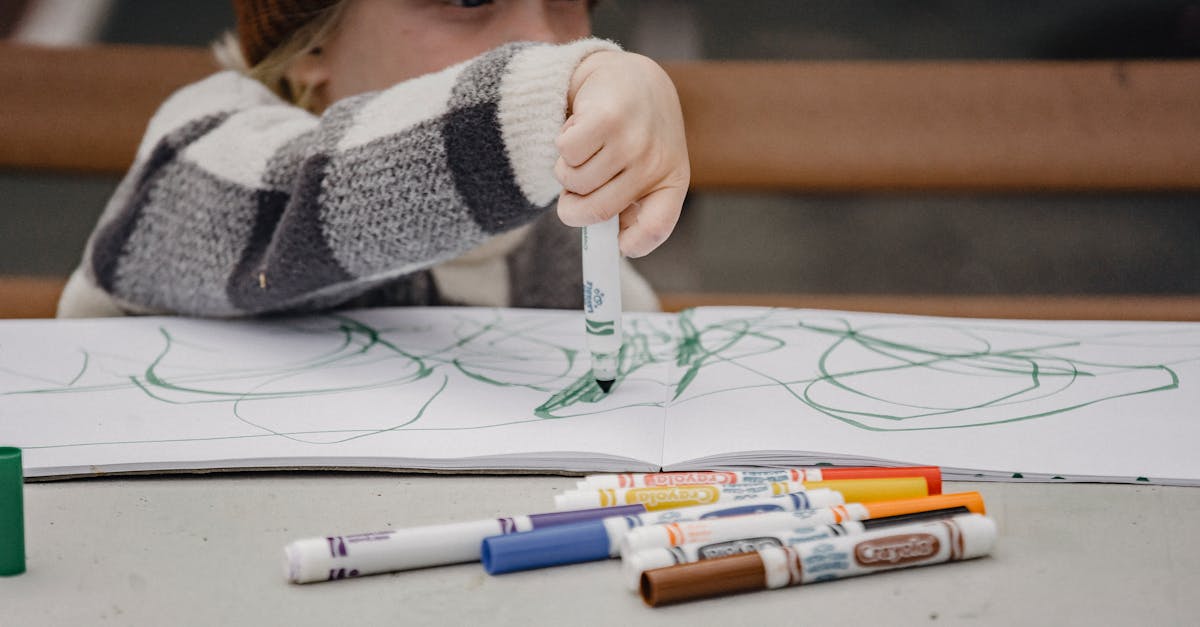Embrace the Little Moments
Have you ever watched a preschooler light up upon seeing a rainbow or squeal in joy when they get an extra cookie? Embracing the little moments with your child is a great way to nurture a spirit of thankfulness and contentment. Children are naturally curious and marvel at small wonders. Make it a habit to pause and enjoy these fleeting moments together. Mention the beauty of nature, the warmth of family, and the joy of simple activities. This practice helps them see the importance of small happiness in daily life. Plus, it’s a great way to bond and build lasting memories.

Photo
Teach by Example
Children are keen observers and learn by mimicking adults. If they see you practicing gratitude and contentment, they’ll likely follow suit. Share stories about your day, stressing what you are grateful for and how it makes you feel. Use words and actions to show appreciation. For instance, a cheerful ‘thank you’ to someone who holds the door for you displays good manners and gratitude.
Personal anecdote: My daughter once said she was thankful for our silly dance parties. That moment melted my heart and showed me how impactful small, consistent actions can be.

Make Gratitude Fun
Transform the practice of gratitude into fun games and activities. Create a ‘Gratitude Jar’ where family members can drop notes about things they are thankful for. Dedicate time to read them together and reminisce. You could also implement a ‘Thankful Time’ before bedtime where everyone shares one happy moment from the day. For tech-savvy kids, gratitude apps are engaging and educational tools. Children love making and hearing lists, so keep it light-hearted and playful. Immediate rewards like stickers and hugs reinforce the joy of being grateful.

Encourage Giving
One of the most effective ways to teach gratitude is by encouraging giving. Explain the value of sharing with others and involve them in acts of kindness. This could be as simple as sharing toys with a sibling or packing a small donation box for those in need. Highlight the positive impact of their actions.
Kids love to feel useful and appreciated, and these activities foster a sense of empathy and community responsibility. It’s a wonderful lesson that giving often brings more satisfaction than receiving. Trust me, seeing your child’s face light up when they help someone is priceless.
https://images.pexels.com/photos/4934412/pexels-photo-4934412.jpeg?auto=compress&cs=tinysrgb&fit=crop&h=627&w=1200
Acknowledge Feelings
Acknowledging your child’s feelings plays a crucial role in nurturing thankfulness and contentment. It’s essential to teach them that it’s okay to experience a range of emotions but to give thanks even during challenging times. When they are upset, help them understand and express their feelings before gently steering the conversation towards something positive. This helps them build emotional intelligence and resilience.
Personal anecdote:
When my son throws a tantrum, I acknowledge his feelings, offer comfort, and then remind him of the good things we did that day.

Celebrate Small Wins
Celebrating small wins is key to fostering a positive mindset in children. Every day is filled with opportunities for mini-successes – a completed puzzle, a tidy room, or sharing without prompting. Recognize and celebrate these victories with praise and perhaps a small treat. These moments teach children to value their efforts and find joy in simple achievements. Over time, this attitude develops into a general sense of contentment and self-worth.
Inject humor: Once, we celebrated my son tying his shoes properly by making a ‘shoe song’ and dancing around – he loved it!

